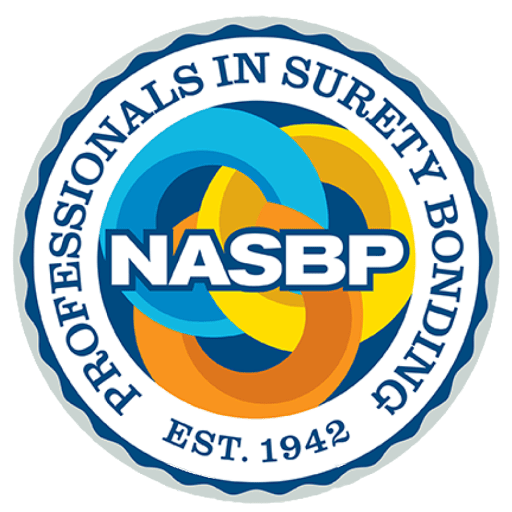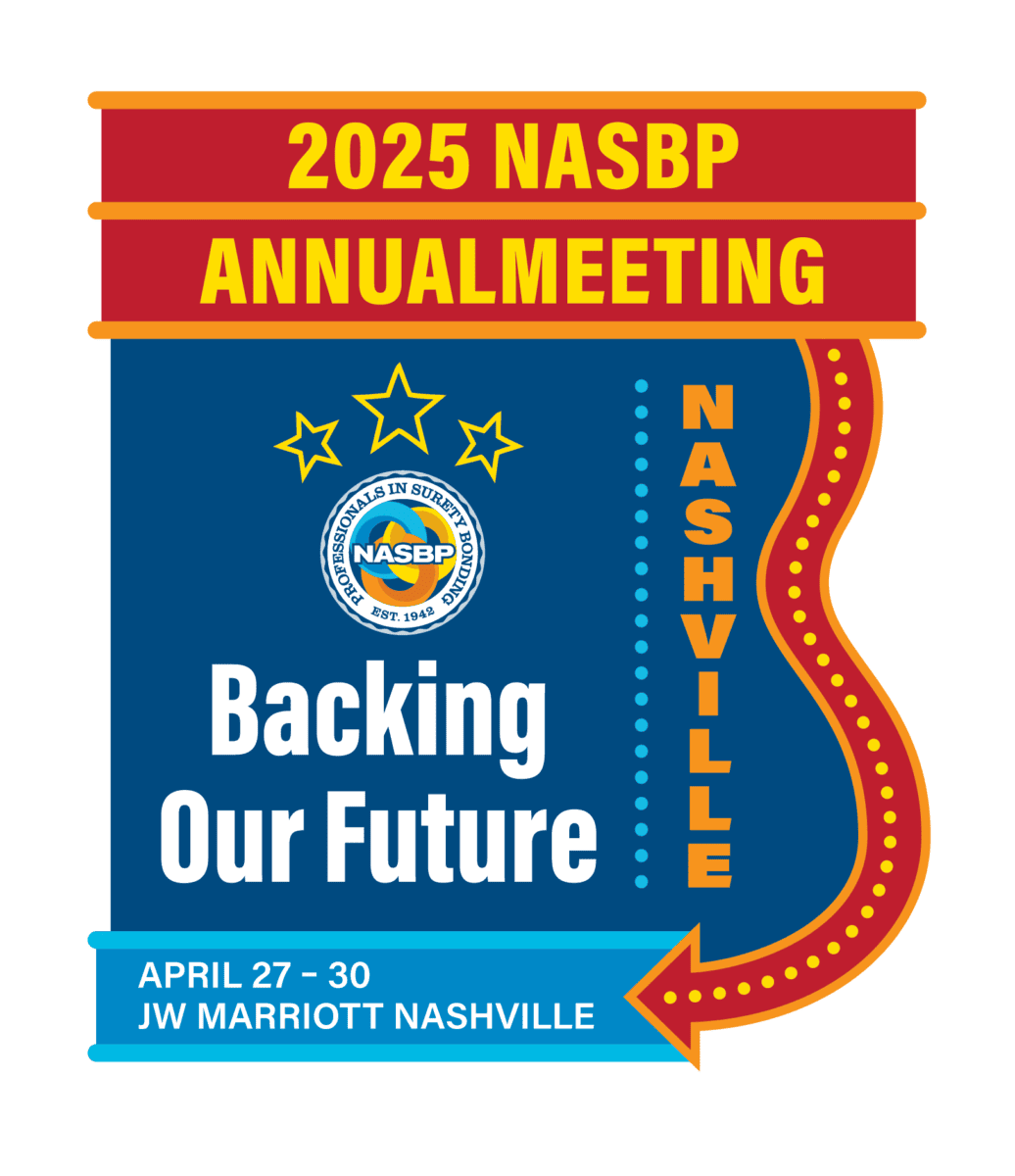
Spotlight on NASBP: Regional Structure Explained
With the Annual Meeting and the Legislative Fly-in now behind us, NASBP volunteers and staff have turned their attention to preparing for the regional meetings slated to occur in September and October. At such a time, reviewing the regional structure of NASBP is worth undertaking, particularly since our membership has grown in recent years and that structure, a key component of our overall governance structure, may be unfamiliar to more than a few member agencies.
As an organization, NASBP divides its agency membership into 12 regions, reflecting different states and territories of the US. Certain regions also extend beyond our national borders to include Canadian provinces, Mexico, and other parts of the globe. NASBP first numbered its regions in 1968. The numbered regional structure was created to organize NASBP for maximum efficiency and service to its members and to make the most effective use of its volunteer leaders. Such a structure continues to reflect the desire of NASBP to be a geographically diverse, grassroots-focused, and member-driven non-profit organization.
Each region is represented on the NASBP Board of Directors through the nomination and election of a Regional Director for a one year term. There are no term limits placed on Regional Directors, unlike other Board members, such as Directors-At-Large, and Regional Directors are expected to and typically may serve for three consecutive terms. Each Regional Director is intended to function as a critical conduit for information between the region and the NASBP leadership and Board of Directors. The Regional Director gathers information about local and regional issues and conditions and, in turn, may inform the regional membership of NASBP initiatives and actions. To that end, each Regional Director furnishes a brief written report to the Board of Directors before each meeting of the Board of Directors that lists significant issues, trends, and activities arising in the region. To facilitate information collection, many Regional Directors appoint their own informal steering committees, composed of members, affiliates and associates resident in their regions to engage in dialogue, to gather pertinent information, and to educate on NASBP policies and actions. Staff will contact Regional Directors periodically to enlist their assistance with all manner of association business, such as outreach to prospective or lapsed members, feedback on introduced local legislation, advice on and assistance with local coalition building, participation in bonding assistance and education programming, and testimony before local governmental units, to name just a few matters.
Among the critical responsibilities of each Regional Director is working with staff and the meetings consultant to plan, organize, and promote the yearly regional meeting. The Regional Directors will start planning regional meetings well ahead of meeting dates, usually selecting sites and requesting staff to secure hotel contracts up to two years out. Factors usually considered in selecting venues include accessibility, attractiveness, cost, weather, history and past feedback. The current regional meeting structure technically is composed of “super-regional” meetings that combine multiple regions into one meeting in the Eastern, Central, and Western parts of the country. Many successful regional meetings result from the active engagement of Regional Directors and their respective steering committees generating enthusiasm and interest in the regional meeting programs. NASBP Regional Directors can use NASBP social media channels, such as the NASBP LinkedIn group or region-specific communication links on SuretyConnect, to dialogue about pertinent issues and upcoming meetings.
Further, Regional Directors are expected to serve as NASBP representatives to local surety associations, fostering closer working relationships between NASBP and these groups. To that end, Regional Directors can inform leaders and members of local surety associations about NASBP educational, networking and advocacy programs and initiatives, making periodic presentations at local surety association meetings as such opportunities present themselves. NASBP staff can assist Regional Directors with materials and content for such presentations.
A third critical responsibility is for Regional Directors to help perpetuate the membership of the Association. Regional Directors are expected to participate actively in NASBP efforts to attract and recruit new members, affiliates and associates and to retain existing members, affiliates and associates.
No organization can remain viable over the long term without the continual engagement of leader volunteers. Long ago, NASBP created a numbered regional structure to ensure its connection with the interests and concerns of its membership and of the larger surety community. Regional Directors, members of the NASBP Board of Directors, play the central role in strengthening and enhancing those connections, making sure that the association is in tune with its members throughout the country and beyond. NASBP owes a tremendous debt to all who serve or who have served in these vital roles; we would not be where we are today without you!
For the list of NASBP Regions, click here.
Get Important Surety Industry News & Info
Keep up with the latest industry news and NASBP programs, events, and activities by subscribing to NASBP Smartbrief.




